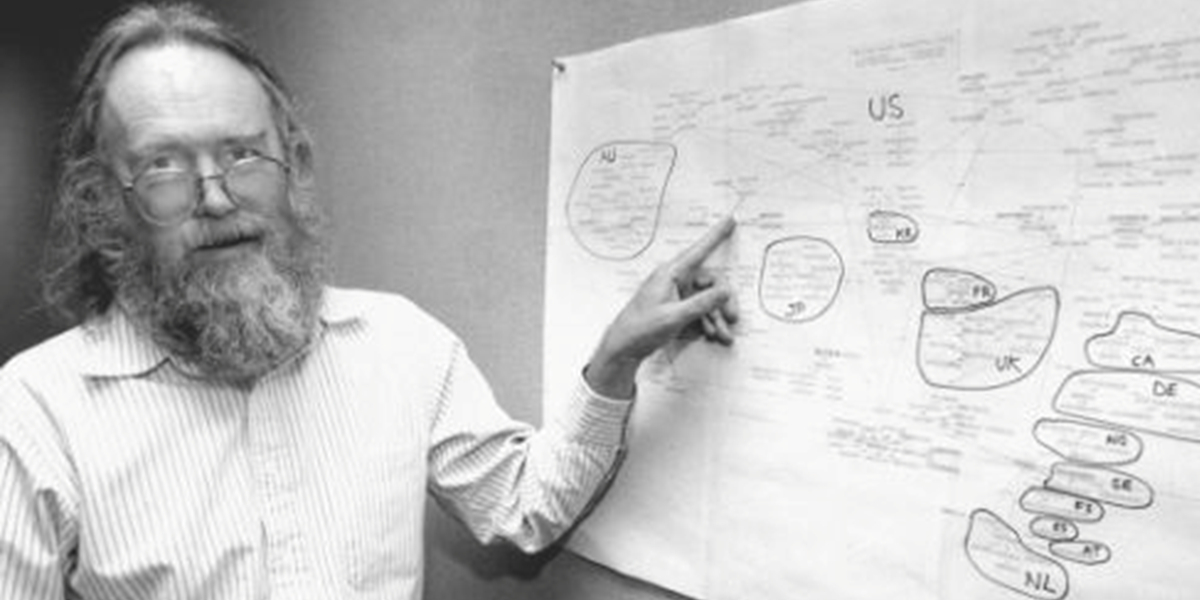History
The Networking and Cybersecurity Division has its origin in the early days of ISI. The group made foundational contributions to networking in the early seventies. Such contributions consisted of refining the Transmission Control Protocol and Internet Protocol, TCP/IP, that to this day provides the specifications on how data should be packetized, addressed, transmitted, routed, and received across the Internet.


One cannot mention TCP/IP without discussing Jon Postel. Postel, one of several brilliant minds that graced the hallways of this division, is at the center of influence with respect to TCP/IP and other key protocols – Simple Mail Transfer Protocol (SMTP) and DNS (Domain Name System) – that make the Internet work. Internet pioneer, Vint Cerf memorialized him by saying "Jon has been our North Star for decades... He was the Internet's Boswell and its technical conscience.” Postel was also the Editor for the Request for Comments (RFC), a document series containing the standards and practices of the Internet’s evolving infrastructure, for almost three decades. Many consider one of Jon’s greatest contributions to be his role in creating the Internet Assigned Numbers Authority (IANA) that provides a numbering and protocol management system to allow for the Internet’s continued growth and scalability.
Our division’s contributions also take root with operating one of initially twelve, now thirteen, DNS Servers. These “root servers” are a critical part of the Internet’s infrastructure as they are the first step in translating readable host names into IP addresses used in communication between Internet hosts. Root Server B, or B-root, is still operated by USC Information Sciences Institute since the creation of the DNS. The root infrastructure provides fault tolerance for the Internet.


Our legacy continues to inform our future. This is just a sampling of our accomplishments and vision from the recent past. It inspires our researchers of today to lead and secure a promising future for humanity.
To learn more about ISI’s history, click timeline.